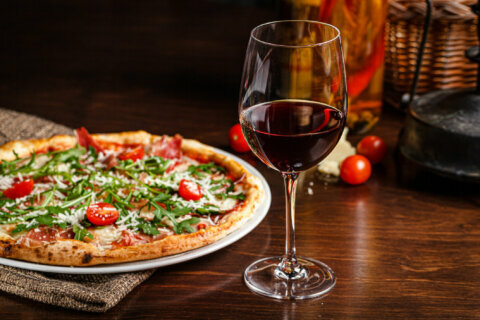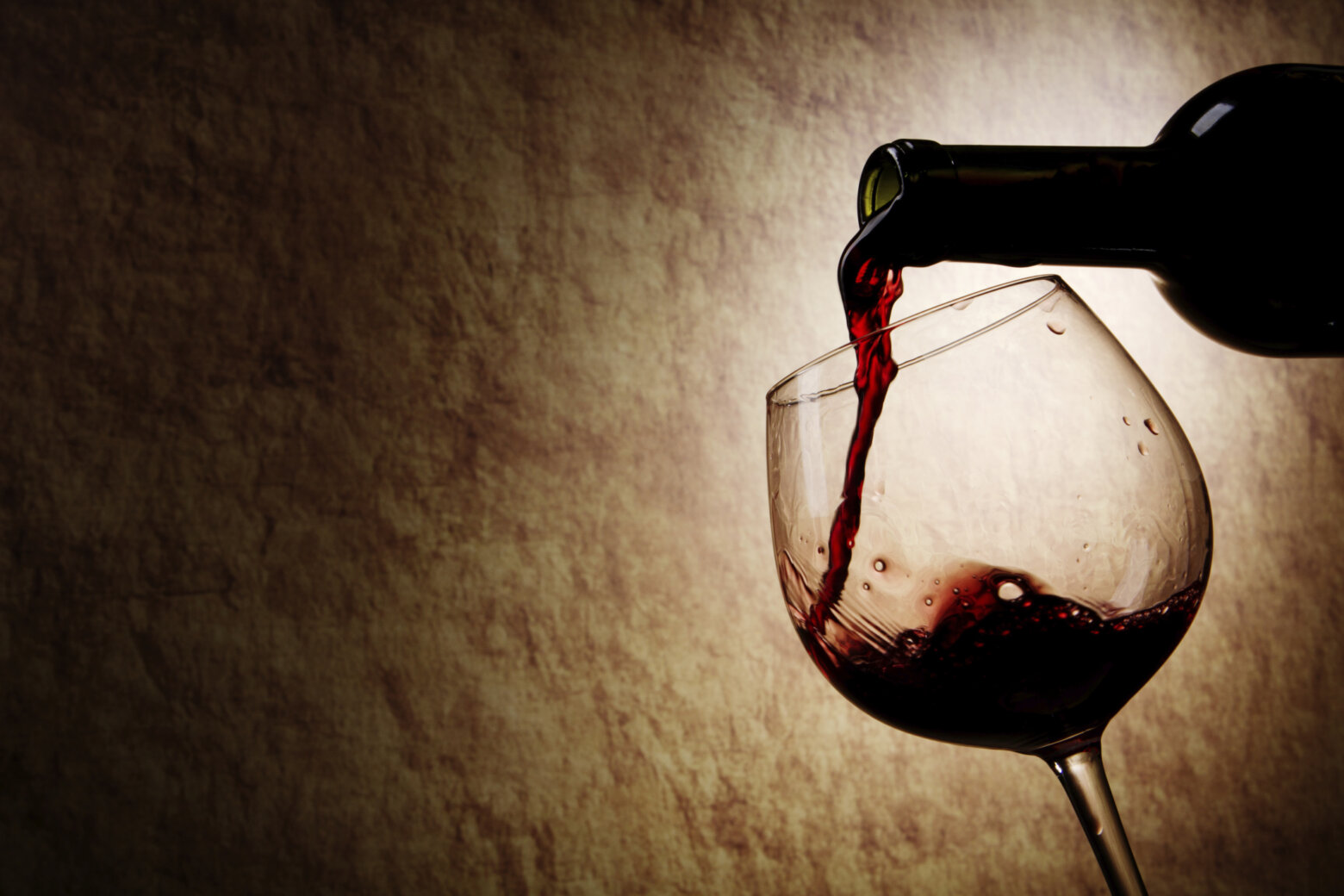WASHINGTON — Earlier this week, I was in a wine shop in Utah, looking for a particular French white wine to take to dinner with friends. The shop had large signs over each section of wine racks proclaiming the country and region of origin.
And that’s when I saw it — in bold black lettering on a stark white background, brighter than a thousand neon lights: Alsatian.
I was immediately transported back to my early days as a novice wine journalist when I was invited to a fancy wine tasting at the French embassy in Washington, D.C.
I somehow snagged a seat next to the charming and entertaining Jean Trimbach, co-owner of the venerable Domaine Trimbach, one of the oldest wine producers in Alsace. Sometime during the course of lunch, I enthusiastically blurted out that I loved Alsatian wines. Instantly, the entire room went silent. It was as if I was in one of those old EF Hutton commercials were everyone stops talking and leans in.
That is when Mr. Trimbach emphatically stated, not just to me, but to everyone in the room, “Alsatian is a dog, not a wine!”
Embarrassment is a good teacher, because I have never forgotten that the wines from the historically disputed region located on the border between France and Germany are called “Alsace.” As I have learned, it may be an inconsequential difference to many consumers, but not to the people who live and work in the region. It’s actually a big deal to them. The good news is, no matter which noun you use, the wines from Alsace are definitely worth paying attention to.
Known for producing some of the greatest white wines in Europe, Alsace is located on France’s eastern border, on the west bank of the upper Rhine adjacent to Germany and Switzerland. This tiny little region has been the source of much conflict over the years.
The Romans are credited with developing the viticultural industry of the region as early as the first century BC. They held onto, and fiercely protected, their investment by establishing military outposts that later developed into communities that exist to this day.
Fast forward to the 15th century when the Holy Roman Empire disappeared from the scene and the French moved in. However, due to political and religious pressures, ownership of the region changed hands between the Germans (Prussians) and the French several times over the next five centuries. The one thing that remained constant during all of this turmoil was the dedication to winemaking.
So what’s all the fuss about? Well, the Alsace region — nestled along the western side by the Vosges Mountains and to the east by the Rhine River — enjoys long, warm summers and cold, crisp winters. Additionally, the diversity of soil compositions — ranging from sand, granite, clay and marl — gives winemakers a viticultural palate from which to create some of the world’s finest riesling, pinot blanc, and Gewürztraminer wines.
Call it historical; call it delicious; just don’t call it Alsatian.
Founder Jean Trimbach began making wine in Alsace back in 1626. Generation after generation, the family’s reputation for producing wines of distinction has remained intact. The 2014 Trimbach riesling is one reason why. Notes of petrol and citrus on the nose lead to a firmly-structured wine that features flavors of citrus, peach and nectarine on a minerally frame. Not bad for a wine that has been made for almost 400 years. $20
The super-delicious 2015 Domaine Weinbach Pinot Blanc Reserve is just what the sommelier ordered if you like Asian fare, especially if it’s on the spicier side. Floral scents of gardenias and sweet lychee nut erupt on the bouquet. The palate is immediately enticed with superb minerality and freshness that lifts the flavors of peach, pear, apricot and nectarine in the mouth. The slightly off-dry finish and wonderful acidity simultaneously tames the heat of spicy dishes while supporting the freshness of the wine. $25
For six centuries, the Albrecht family has been making wine in Alsace, so they know a thing or two about pinot gris (also known as pinot grigio in other parts of the world). The 2016 Lucien Albrecht Pinot Gris Cuvée Romanus is one of the most well-known white wines from Alsace. The intense bouquet bursts with scents of white flowers, juicy stone fruits and wet stone. This extraordinarily easy-drinking wine emphasizes flavors of nectarine, white peach and melon highlighted by abundant acidity. Citrus notes provide a tangy and refreshing finish. $19
The first traces of the Hugel family in Alsace can be traced back to the 15th century. Today, you can taste the tradition of great white wines produced by Jean-Philippe, Marc and Etienne Hugel in the 2014 Hugel & Fils Gewürztraminer. The bouquet entertains perfumed scents of rose petal, candied ginger and jasmine while the flavors of juicy pineapple, mango, guava and ripe peach fan out across the palate. The finish has beautiful acidity capable of standing up to flavorful Indian fare or supporting delicate shellfish. $27







